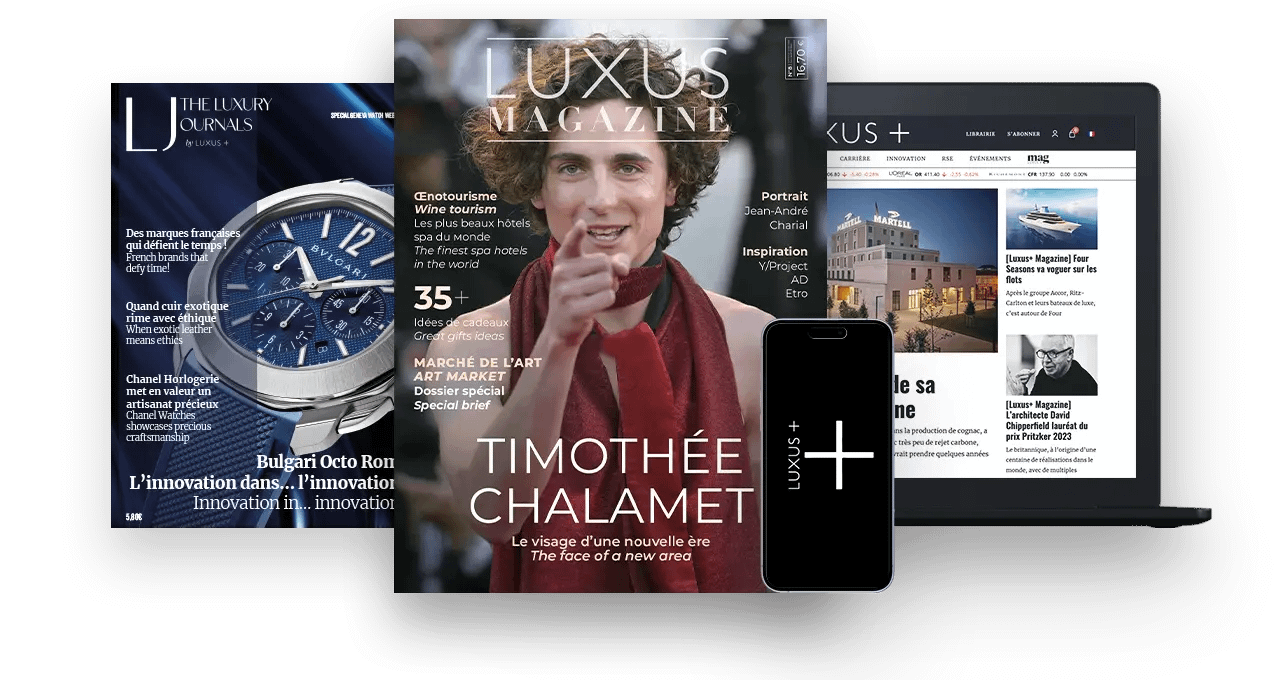Faced with declining consumption among their aspirational customers, luxury brands are increasingly turning to their best customers (VICs). But behind this catch-all acronym lies a wide range of profiles (HNWI and Ultra Net Worth Individuals) who are particularly attentive to product quality and the experience they enjoy, especially in stores. However, the latest BCG report, “True-Luxury Global Consumer Insight 2025,” shows that these “high-value individuals” are not necessarily satisfied with the services provided to them.
The category of wealthy and very wealthy luxury customers, who are keen on shopping in stores, is omnipresent in the media. But most of them are unknown to the general public. A source of both fascination and envy, they will represent 2% of global luxury customers in 2025 and generate 35% of the sector’s activity, according to Equité Research.
Once strategic, these ultra-narrow targets have become vital for the luxury sector, which is facing its second year of decline following the downturn in China and the United States.
The affluent customer (earning between $125,000 and $150,000 per year), long favored alongside the aspirational, who are fans of accessible products, is giving way in the hearts of luxury brands to two other profiles from the upper and upper-upper classes: HNWIs and Ultra Net Worth Individuals. The latter have disposable income of $1 million to $5 million and more than $30 million in financial investments, respectively.
Far from being insensitive to price, these two customer cohorts, “who already have everything… or almost everything,” are also proving to be particularly demanding in terms of the execution and emotional connections of the experiences offered by brands at their various points of contact.
Unveiled by the Boston Consulting Group (BGC) at a conference in Milan on Tuesday, July 8, by the Italian luxury goods association Altagamma, the “True-Luxury Global Consumer Insight 2025” study is not particularly kind about the experiences offered by these luxury brands. For its part, the proprietary Frog Capgemini Invent study, presented exclusively by our colleagues at the Journal du Luxe, lifts the veil on their specific characteristics and purchasing intentions.
Aspirational consumers on the decline
While the disaffection of Chinese customers and the growing disinterest of younger generations explain the 2% decline in luxury goods sales in 2024 and 2025, the sector is currently suffering above all from a reduction in the number of aspirational consumers. According to the study presented by BCG, this customer base, which desires a luxurious lifestyle and spends an average of less than €2,000 per year, represents the majority of luxury buyers worldwide. In 2013, aspirational consumers accounted for 74% of the total market value. By 2024, they will account for only 61%, a decline of 13 points in ten years.
Read also > Retail and customer experience talent still actively sought after in the luxury sector
Featured image: Getty Images/Unsplash+







































